10 Ultimate Facts You Should Know About Ribeye Steaks
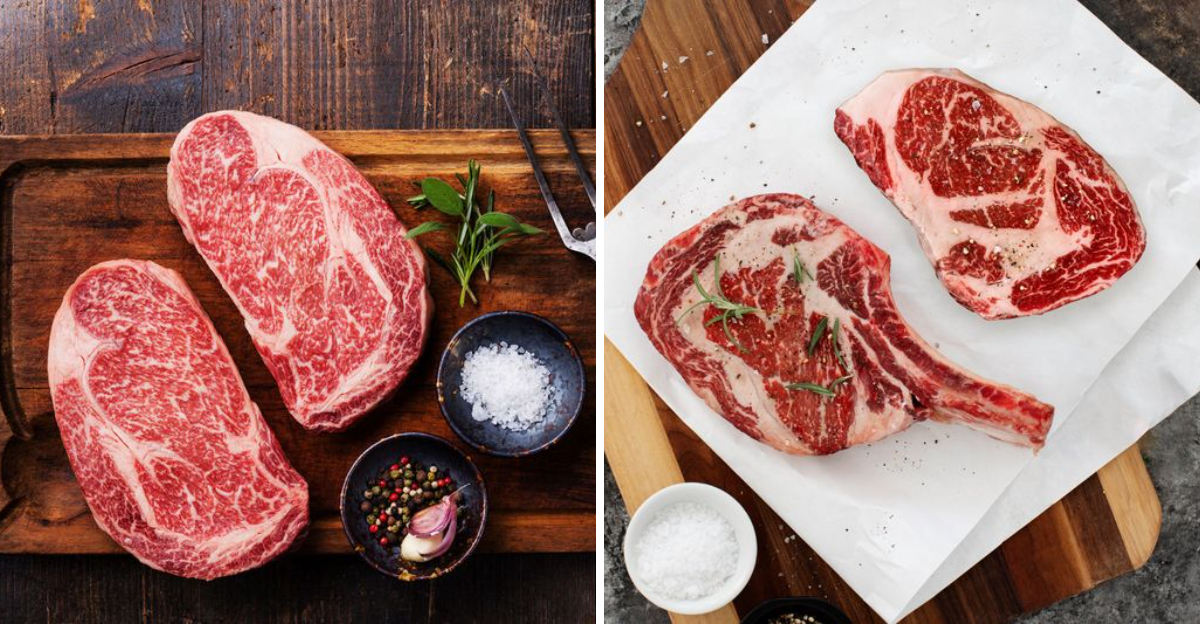
Juicy, marbled, and mouthwatering—here’s the beef behind the king of steaks. Ribeye is one of the most popular cuts of beef for a reason. With its bold flavor and buttery texture, it’s a go-to for steak lovers everywhere. Whether you’re a grilling pro or just curious about what makes this cut so special, here are 10 essential facts about ribeye steaks that every meat lover should know.
1. It Comes From the Rib Section
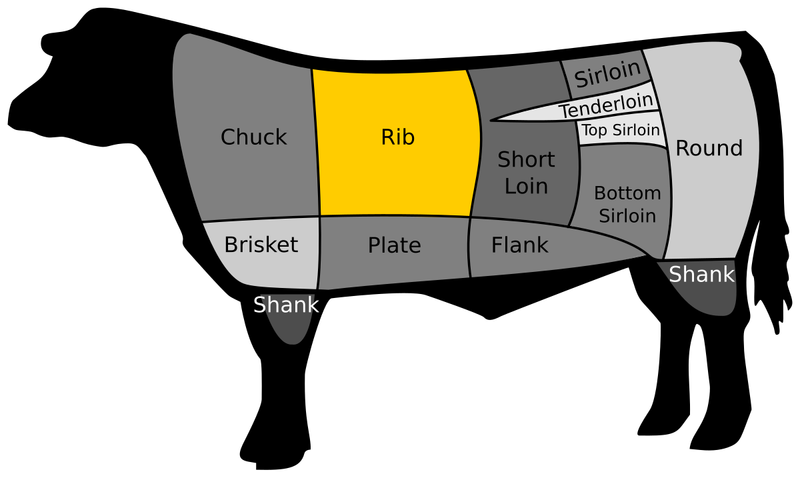
Ribeye steaks come from the rib section of the cow, specifically ribs six through twelve. This part of the cow doesn’t engage in much exercise, resulting in the tender texture that ribeye is famous for. Did you know that the location of this cut plays a significant role in its juiciness? The rib section is close to the spine, which contributes to its rich flavor profile. Each bite offers an unparalleled taste experience that steak enthusiasts cherish. The specific positioning within the rib primal ensures a perfect balance of fat and meat, offering both tenderness and flavor.
2. Ribeye Is Known for Its Marbling
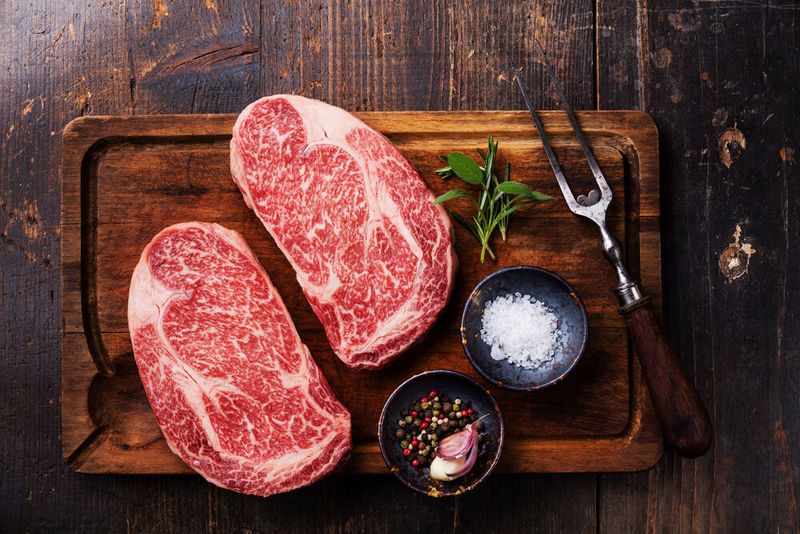
The hallmark of a great ribeye is its marbling—those thin streaks of intramuscular fat that dance within the meat. This marbling is what gives ribeye its signature juiciness and flavor. When cooked, the fat melts into the meat, making every bite a succulent delight. Marbling is more than just aesthetics; it’s a testament to quality. Don’t confuse it with external fat—a well-marbled ribeye has fat intricately woven into the muscle fibers. This natural artistry ensures that the ribeye remains moist and delicious, whether grilled, broiled, or pan-seared.
3. It Can Be Bone-In or Boneless
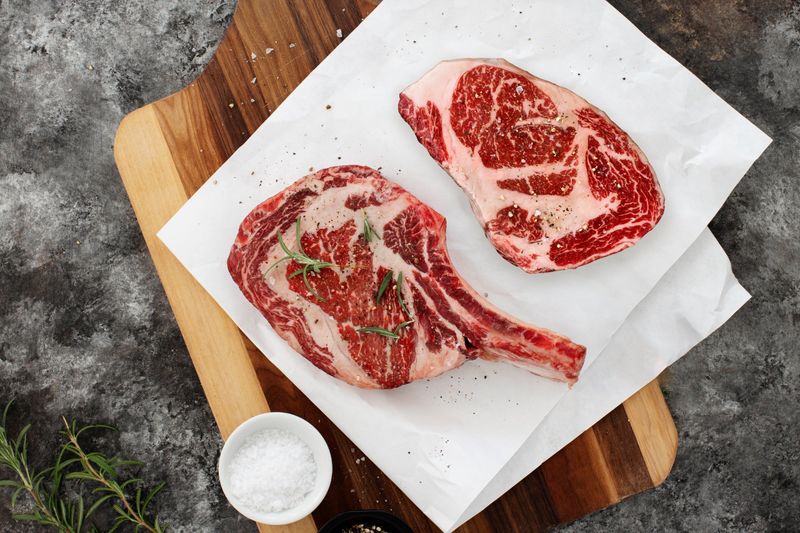
Ribeye steaks can come either bone-in or boneless, and each has its unique charm. The bone-in variety, sometimes called a “cowboy steak,” is known for its dramatic presentation and enhanced flavor due to the bone. The bone acts as a conductor of heat, contributing to a more even cook, especially near the bone. Boneless ribeye, on the other hand, cooks more quickly and evenly overall, making it a favorite for many home cooks. Whether you choose bone-in or boneless, you’re in for a rewarding culinary experience with rich flavors and textures.
4. The Spinalis Is the Most Coveted Part
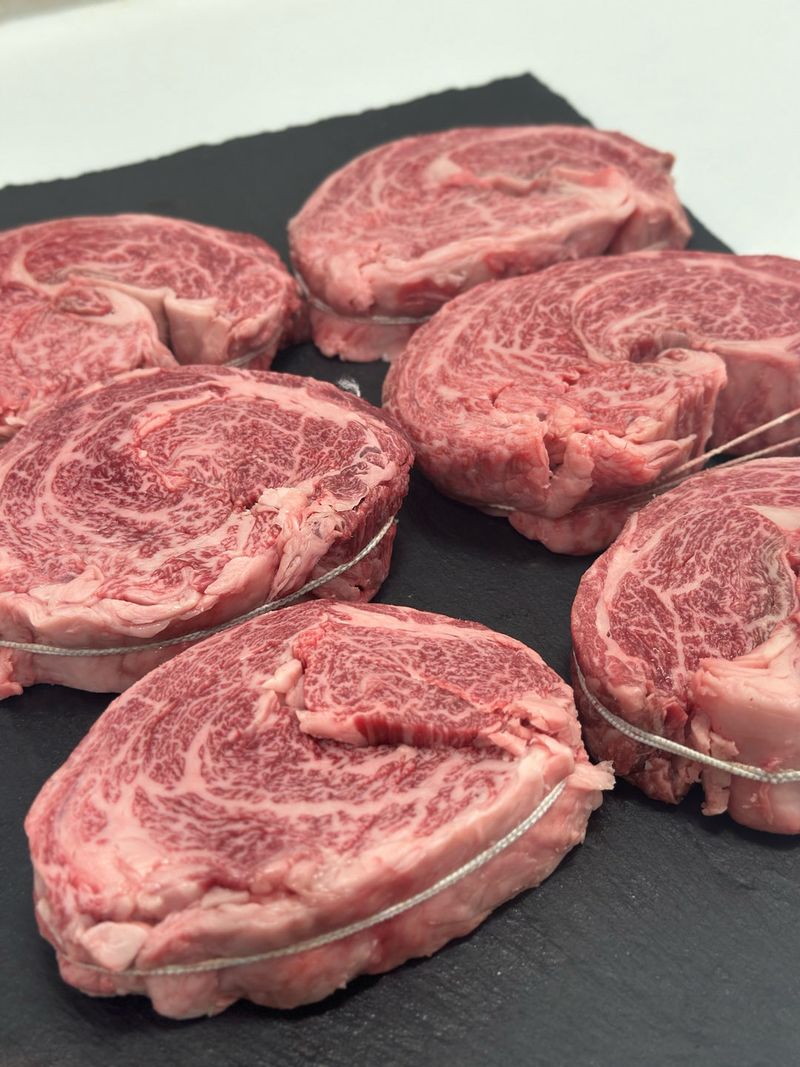
The spinalis dorsi, or ribeye cap, is often regarded as the crown jewel of the ribeye steak. This buttery outer edge offers an unmatched melt-in-your-mouth experience. Many steak aficionados claim it’s the ultimate bite of beef, with a perfect blend of flavor and tenderness. The spinalis is so prized that some butchers even sell it separately as a delicacy. Its luscious texture and intense taste make it a standout feature of the ribeye. Whether savored on its own or as part of the whole steak, the spinalis elevates the entire dining experience.
5. It’s Perfect for High-Heat Cooking
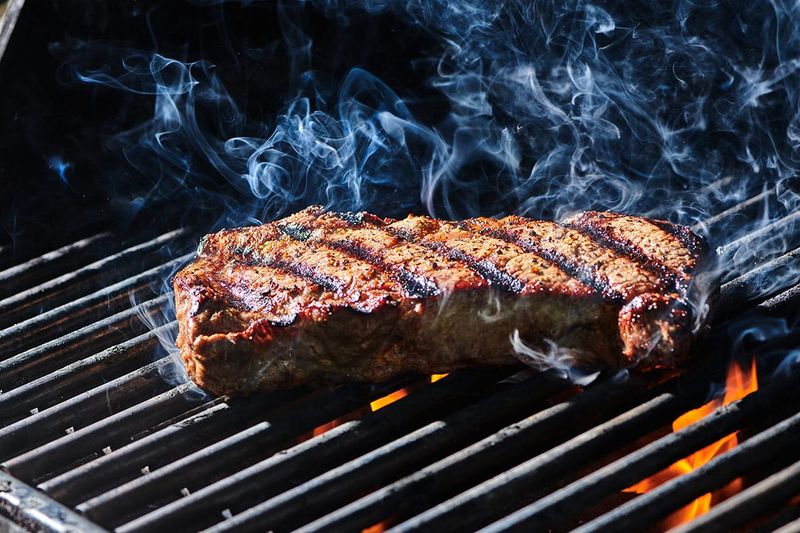
Ribeye steaks excel when cooked over high heat, such as grilling, broiling, or pan-searing. The high fat content, particularly the marbling, makes it ideal for creating a rich, caramelized crust while maintaining the juiciness inside. High-heat cooking methods enhance the steak’s natural flavors, allowing the fat to render and bast the meat from within. Whether you’re a seasoned grill master or a kitchen novice, ribeye’s forgiving nature makes it a delight to cook. The end result is a steak that’s both crispy on the outside and tender on the inside, a true carnivore’s dream.
6. USDA Prime Makes a Difference
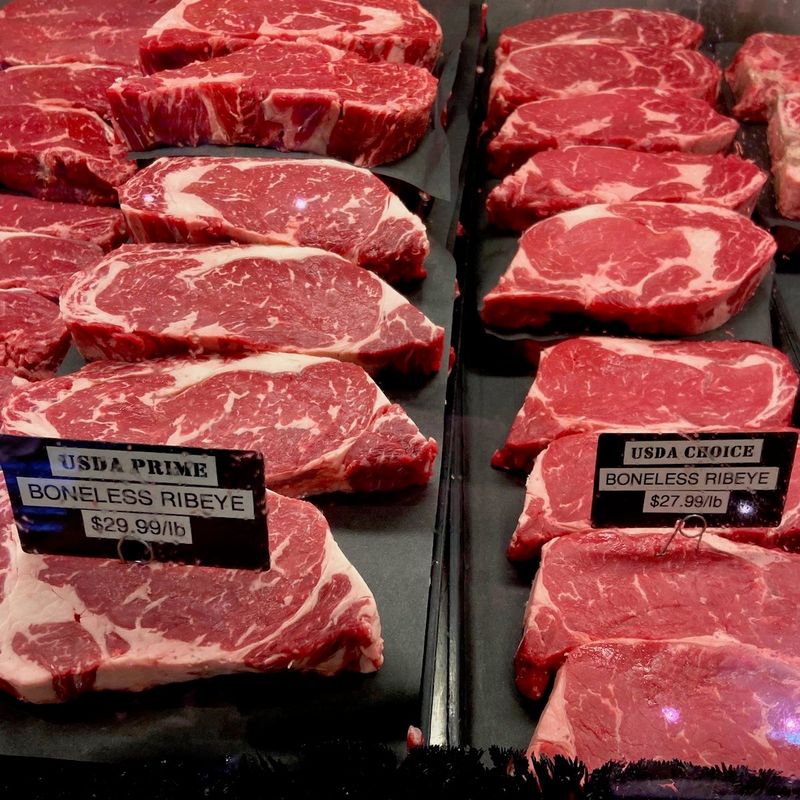
When it comes to ribeye steaks, the USDA Prime label signifies the pinnacle of quality. This grading denotes superior marbling and tenderness, making it the ideal choice for those seeking the best culinary experience. While USDA Choice offers commendable quality, Prime stands out for its exceptional marbling, which enriches flavor and texture. Only a small percentage of beef meets the stringent criteria for the Prime label, reflecting its rarity and desirability. Opting for USDA Prime ribeye ensures a steak that delivers consistent excellence, perfect for special occasions or gourmet dining.
7. Dry-Aged Ribeye Has Intense Flavor
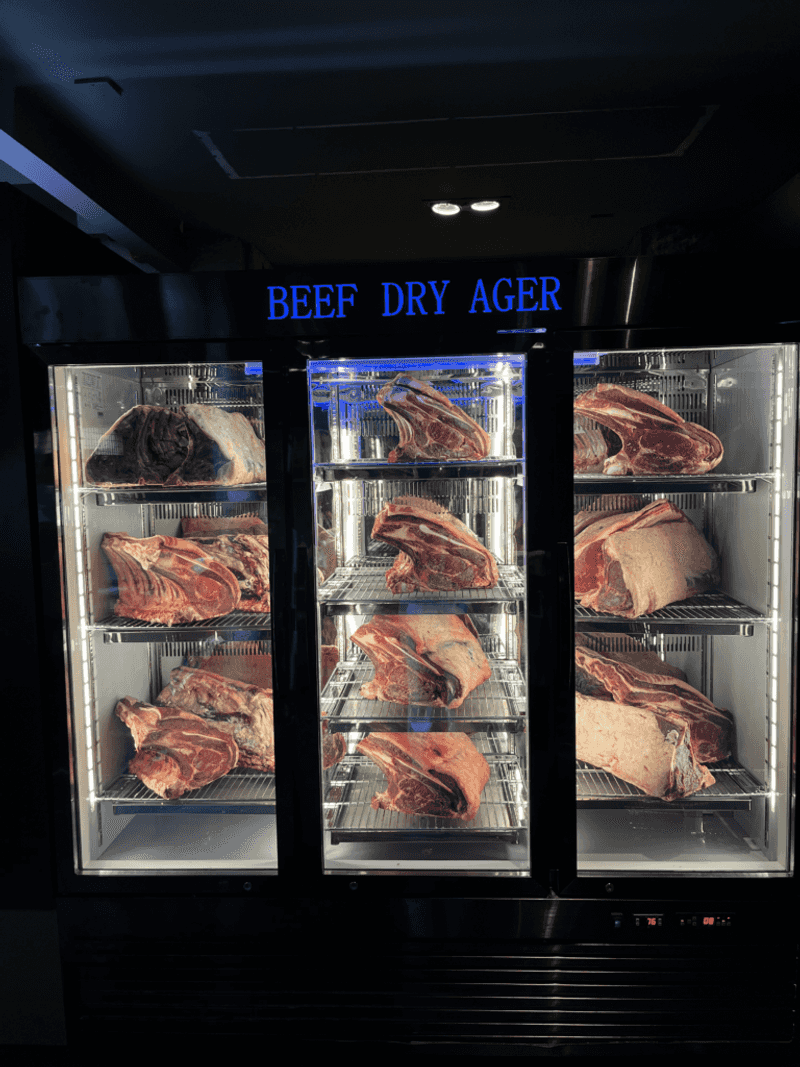
Dry-aging ribeye beef elevates it to a new level of taste and tenderness. During the aging process, the beef is stored in a controlled environment for weeks, allowing enzymes to break down the muscle fibers and enhance flavor. This practice results in a steak with concentrated, nutty flavors and a buttery texture. Though more expensive, dry-aged ribeye offers a unique taste experience that justifies the splurge. The distinct aroma and complex taste make it a favorite among gourmet chefs and steak lovers alike, providing a memorable dining experience that’s hard to replicate.
8. It’s Not the Leanest Cut
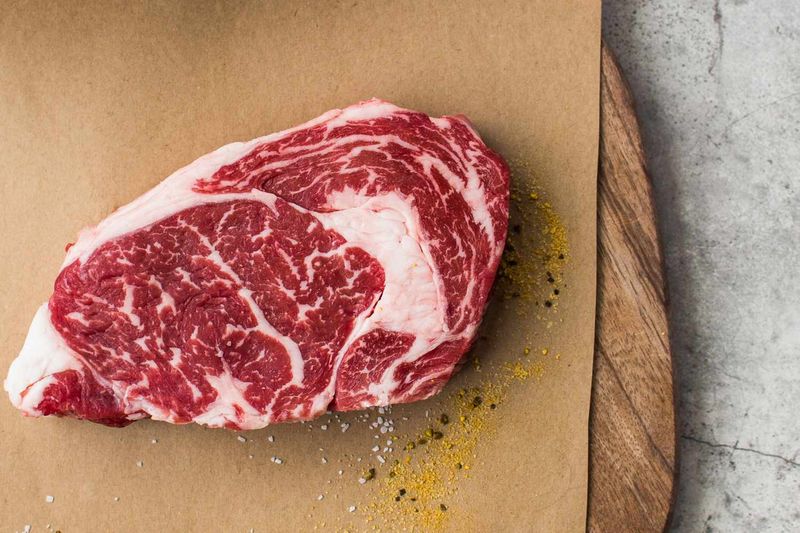
Ribeye steaks are known for their rich taste and indulgent nature, partly due to their higher fat content. This marbling contributes to the steak’s juicy and flavorful profile but also means it’s not the leanest option available. For those mindful of dietary intake, ribeye is best enjoyed as an occasional treat rather than an everyday staple. However, for special meals and celebrations, its luxurious taste is unmatched. The balance of fat and meat creates a harmony of flavors that steak enthusiasts appreciate, making it a popular choice for indulgent dining experiences.
9. Let It Rest After Cooking
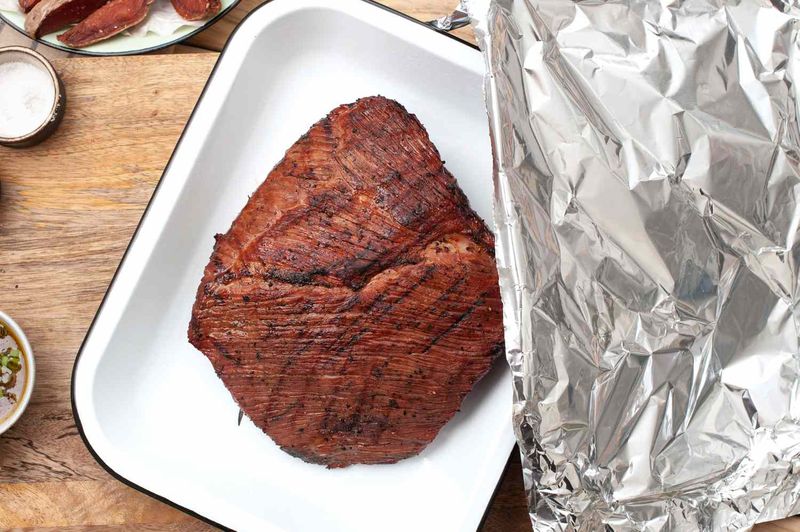
Allowing ribeye steak to rest after cooking is a crucial step for maximum flavor and juiciness. Once removed from the heat, letting the steak rest for 5–10 minutes permits the juices to redistribute throughout the meat. This short wait ensures that each bite is succulent, and the steak retains its moisture. During resting, the internal temperature also evens out, resulting in a more consistent texture. Whether grilled, pan-seared, or broiled, resting is an essential step in achieving a perfectly cooked ribeye. The wait might test your patience, but the reward is well worth it.
10. It’s a Steakhouse Favorite for a Reason
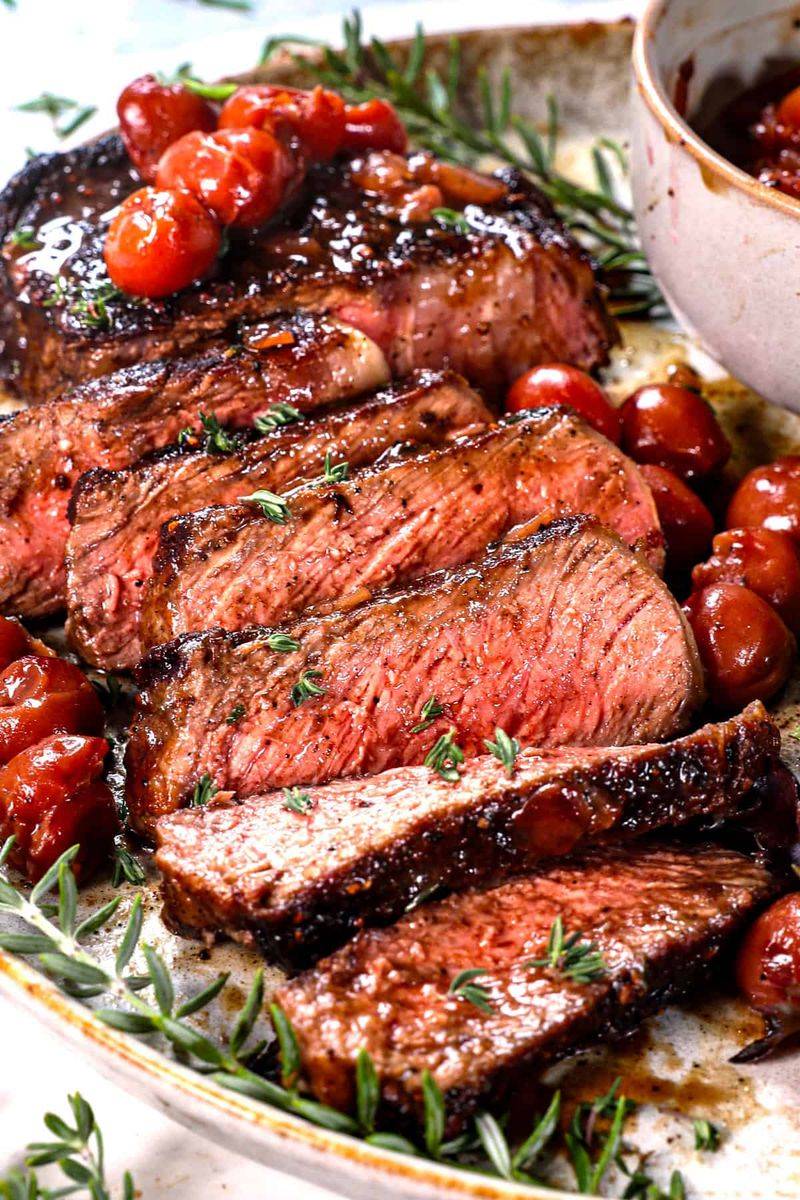
Ribeye steak’s reputation as a steakhouse favorite is well-deserved. Its bold flavors and tender texture make it a top choice for both chefs and diners. This cut consistently delivers a satisfying dining experience, making it the go-to option in steakhouses worldwide. The rich marbling and deep beefy taste ensure that each meal is memorable. For a special treat, pair it with your favorite sides and a robust red wine. The combination of ambiance, expert preparation, and exceptional taste is why ribeye remains a beloved staple in fine dining establishments.
